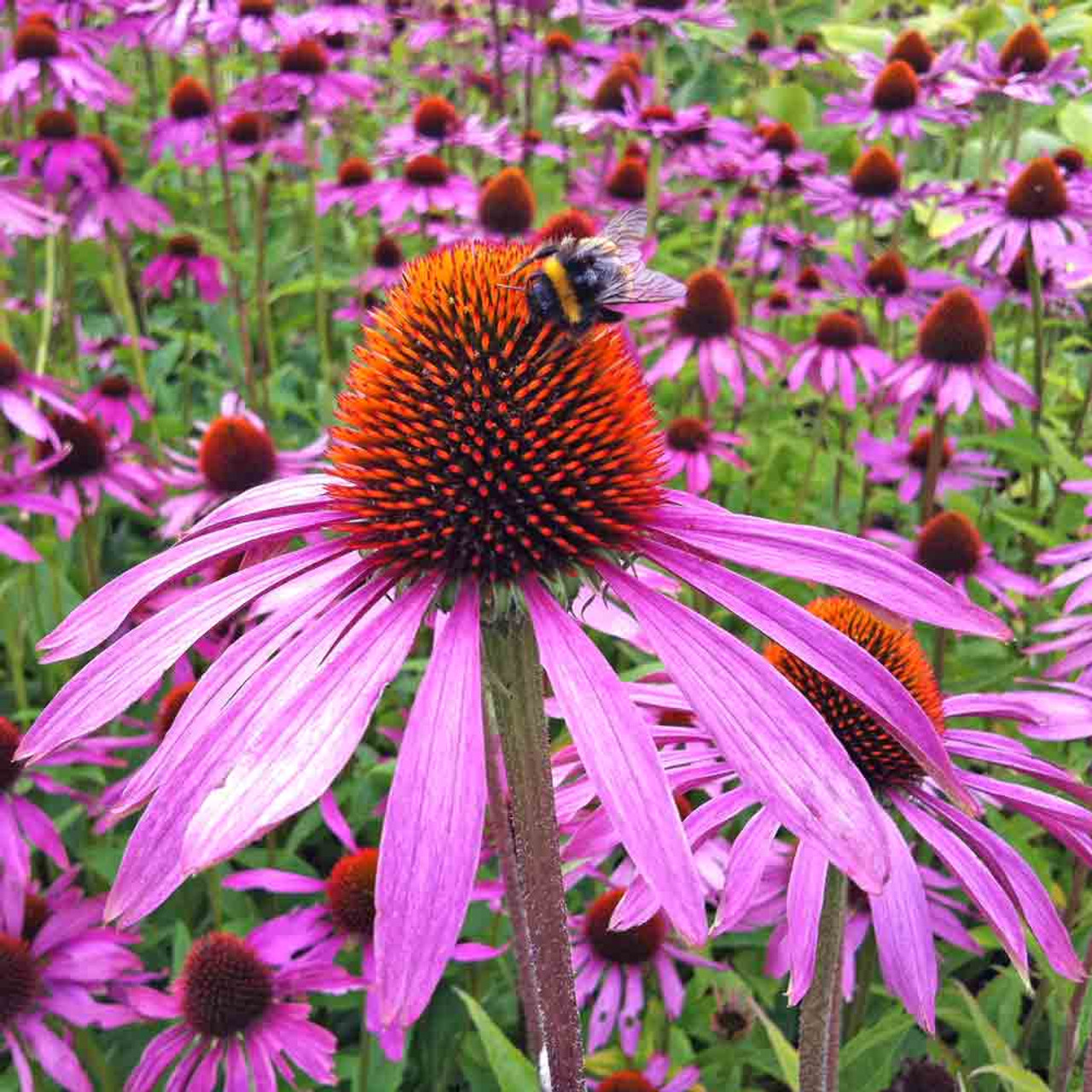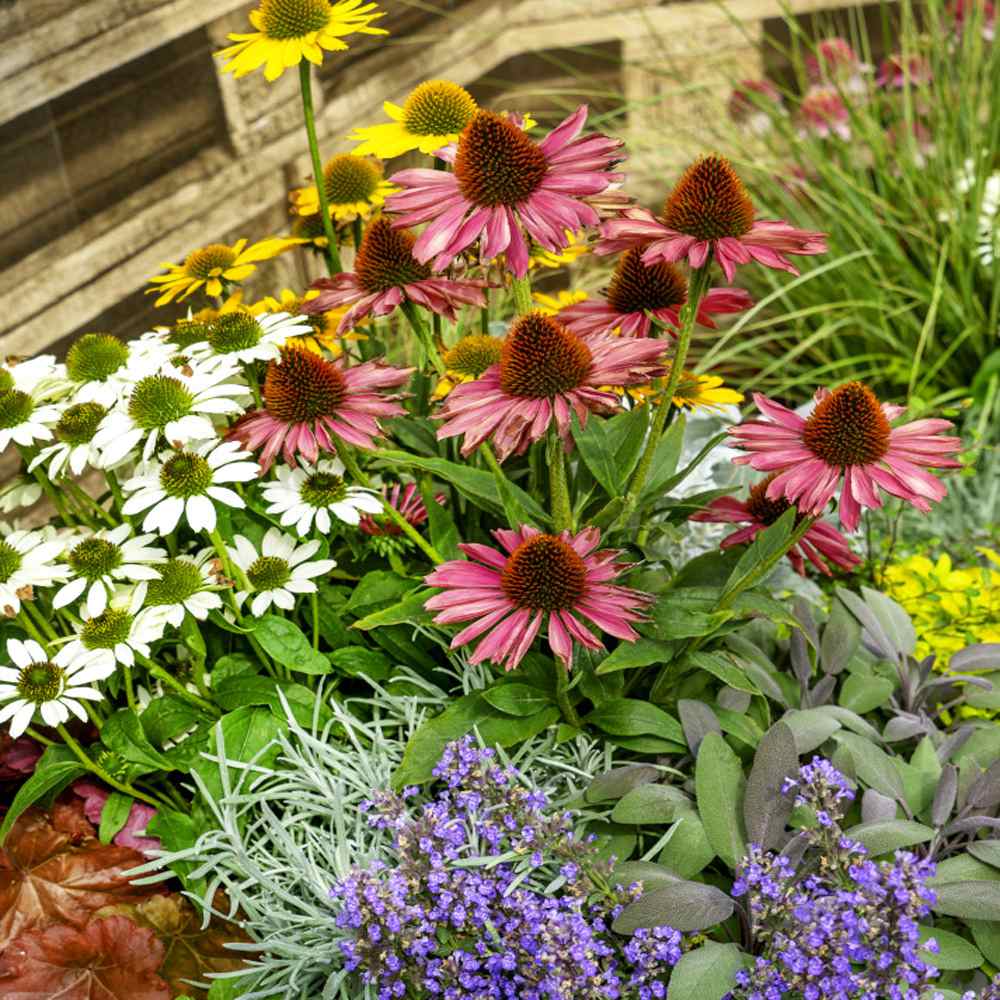

It will stay erect and not spread outside of some self-seeding (which is easily controlled). The compact size of this species of Echinacea makes it a great choice for residential landscaping. Drought tolerantīeing adapted to prairies, this plant can take a drought! So if you have a hotter dry area, this plant can be very hardy once established. The nectar will also attract butterflies. Over two dozen species of bees have been recorded visiting Narrow-Leaf Coneflower within it’s native range. With each flower producing pollen and nectar, this plant is a favorite of many species of bees. Furthermore, sometimes you are treated to sporadic, but continual blooms until Fall.

And since individual blooms last for a month or more, you get to enjoy the display for a long time. With each plant putting out multiple stalks, you can get a beautiful display from a single plant. Sources What are the Benefits of Narrow-Leaf Coneflower Beauty Sources Narrow-Leaf Coneflower Reference Table Scientific NameĬentral United States/Canada, USDA Hardiness Zones 3-8 Approximate Native Range of Echinacea angustifolia. Primarily the area between the Rocky Mountains and the Mississippi River. The native range of Narrow-Leaf Coneflower is the Central United States and Canada. Also, this plant has been used medicinally for many centuries dating back to the Native Americans. The shorter stature also makes more erect, as there is less leverage on the stems. Blooming pink/lavender blooms in late Spring to early Summer, it attracts bees, butterflies, and birds, which will eat the seeds in Autumn.Ī more compact type of Echinacea, Narrow-Leaf Coneflower can be considered more residential friendly in that it can be planted in tighter spaces and still look nice without being overbearing.
#Purple coneflower spacing full
Scientifically known as Echinacea angustifolia, it will grow about 2′ tall in full sun and well draining soil. Narrow-Leaf Coneflower is a perennial flower Native to the central United States.

#Purple coneflower spacing how to
How to Grow Narrow-Leaf Coneflower from seed.How to Grow and Care for Narrow-Leaf Coneflower.Echinacea angustifolia versus Echinacea purpurea.What are the benefits of Narrow-Leaf Coneflower.But make no mistake, this version of Echinacea will still attract the pollinators you love, and look great in the landscape. This perennial flower is a shorter cousin of the larger, more common Echinacea purpurea that is so often sold and grown. For those who love the large beautiful blooms of Purple Coneflower but want a smaller, more compact version, look no further than Narrow-Leaf Coneflower, Echinacea angustifolia.


 0 kommentar(er)
0 kommentar(er)
